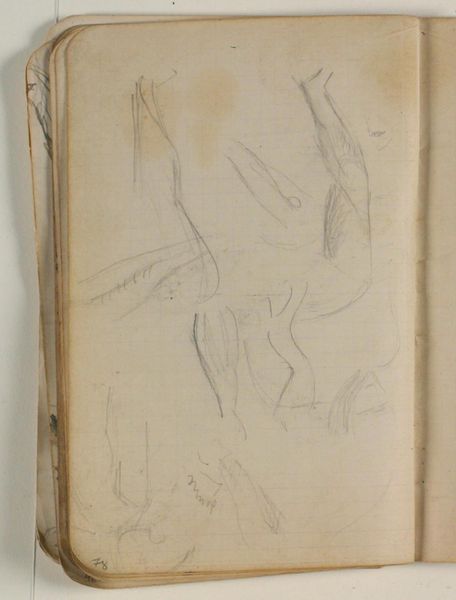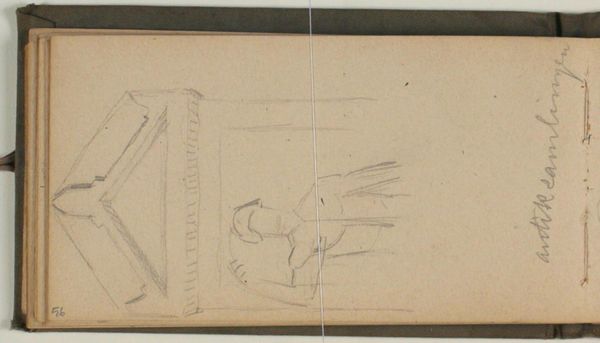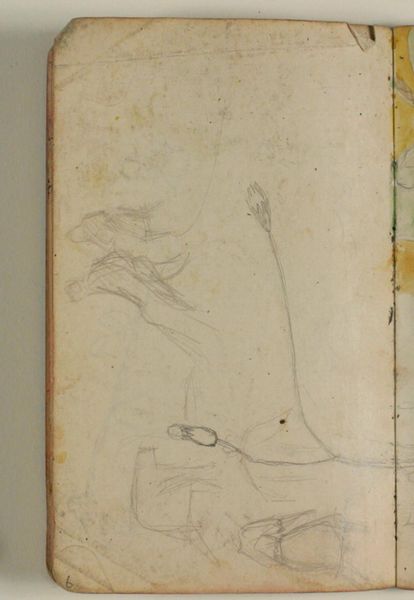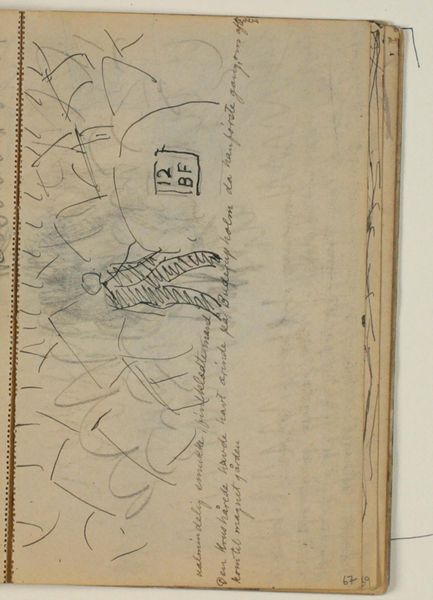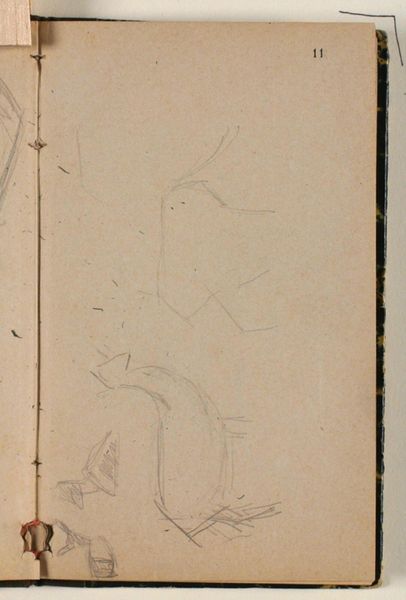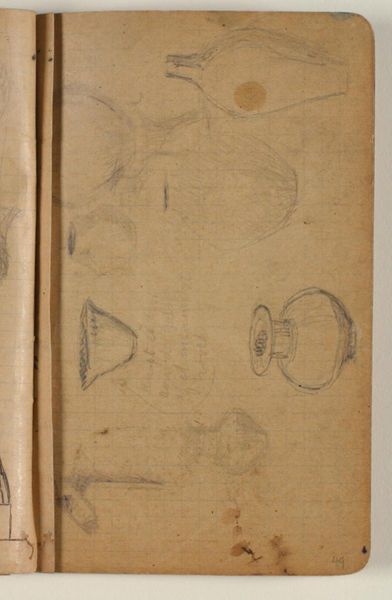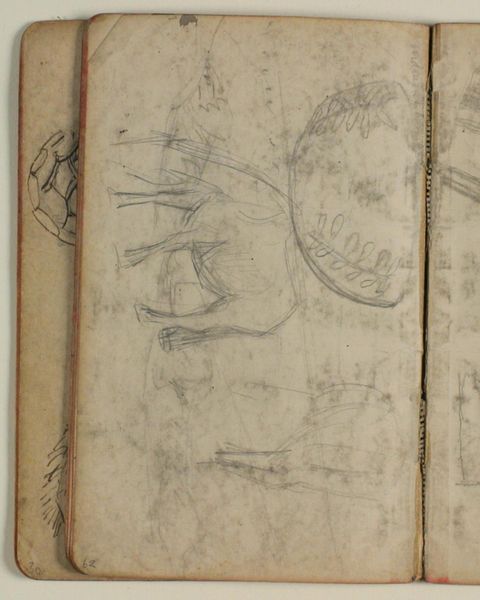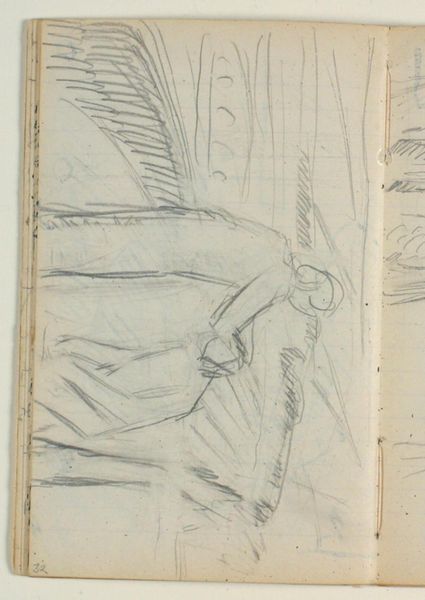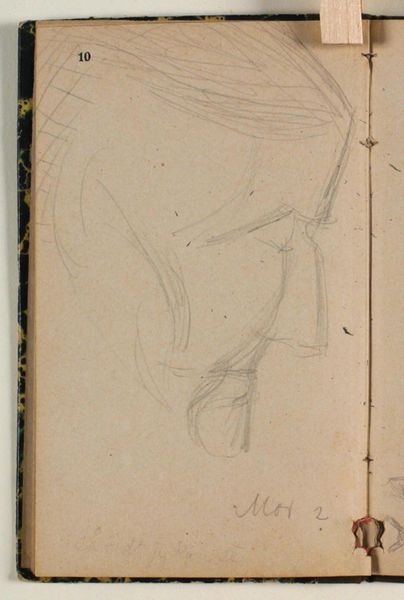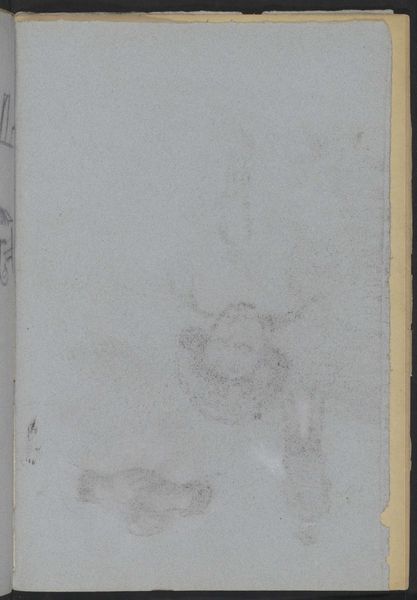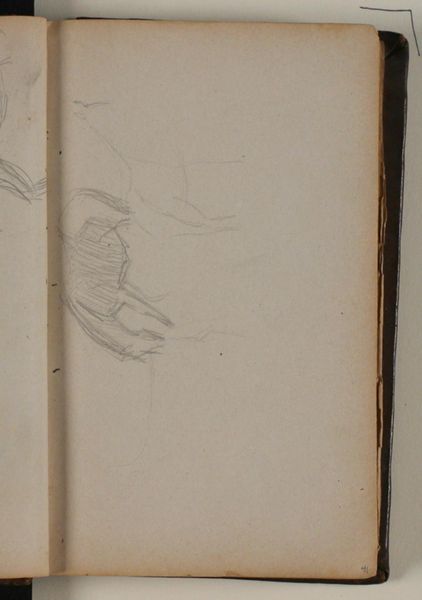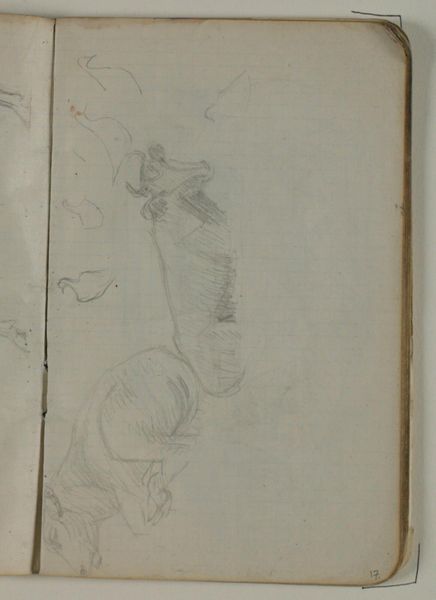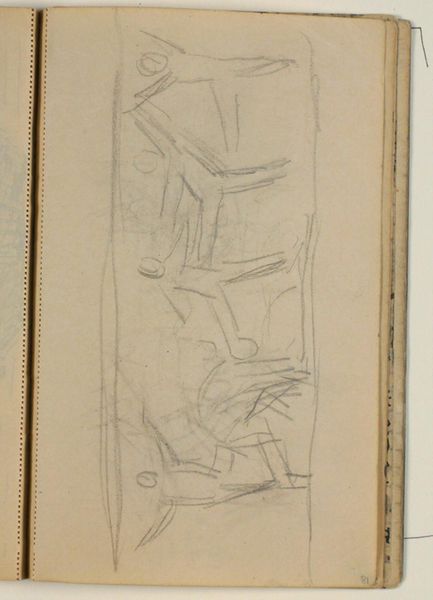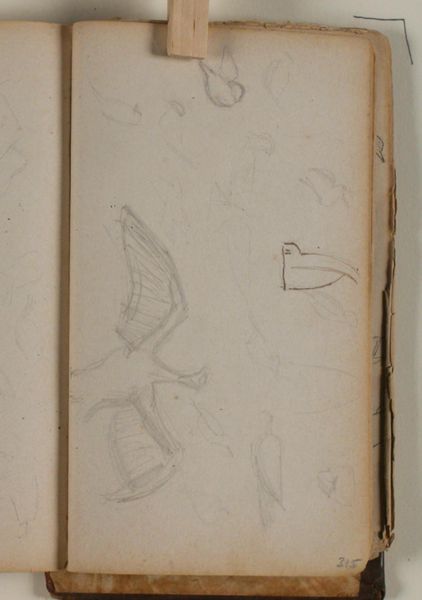
Studie af engel med medaljon, formentlig efter forlæg 1932 - 1935
0:00
0:00
drawing, paper, pencil
#
portrait
#
drawing
#
figuration
#
paper
#
pencil
#
academic-art
Curator: Here we have Niels Larsen Stevns' "Study of an Angel with Medallion, Presumably After a Model," created between 1932 and 1935. It's a pencil drawing on paper and part of the collection at the SMK, the National Gallery of Denmark. Editor: Immediately, the sparseness of the lines grabs me. It’s almost…unfinished, yet there's a delicate beauty to the fragility of the angel’s form emerging from the page. Like a dream just barely remembered. Curator: It's fascinating that you mention 'unfinished.' Sketches such as these were likely exercises, intended for academic training. Stevns had an active interest in academic artistic principles throughout his life and career, so it's not entirely unexpected that we can see it reflected in his pieces such as this. Editor: Ah, a window into the artist's process. So this wasn't necessarily meant to be seen as a complete piece. That gives it a different kind of power, doesn't it? Like catching the artist in a moment of pure exploration. It feels surprisingly intimate. I can imagine him fussing and sketching away in his private chambers with a faint hum and a pencil. What's the story behind this 'model'? Curator: We don't know exactly what model inspired this work; the title suggests that this may have been based off of another source. Many artists practiced their craft through meticulous copying, often engaging with classical sculptures and artworks, especially those related to religious or mythical motifs. We see this common tradition surface from time to time and across numerous collections to this day. Editor: I can feel the weight of history and art theory bearing down here. And I see a sort of freedom in its execution despite what appears as strict formality. The angel's slightly awkward pose almost adds to the sketch's vulnerability, as though the divine has been caught in a moment of human frailty. Curator: Precisely! It's a beautiful reminder that art historical investigation can offer additional perspectives for pieces, no matter how 'fragmentary' they appear to be. We bring the cultural, pedagogical contexts to bear to expand visitor horizons. Editor: While I stand back and think that a work that may be defined by tradition in so many aspects somehow speaks to us, centuries and worlds apart from Stevns’ own circumstances. Art, isn't it funny like that? Curator: Indeed! A beautiful synthesis to conclude on.
Comments
No comments
Be the first to comment and join the conversation on the ultimate creative platform.
